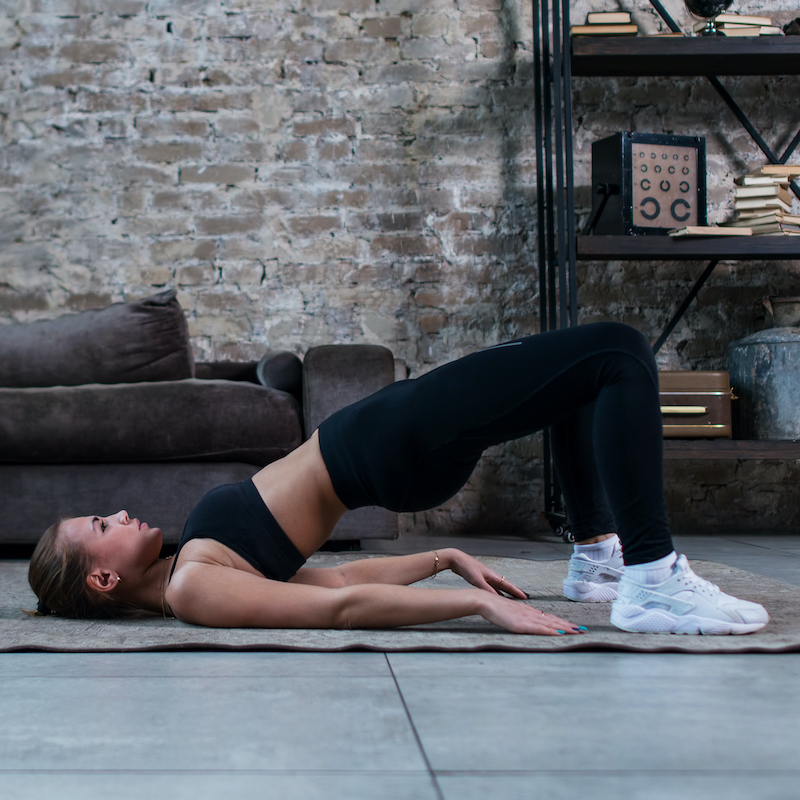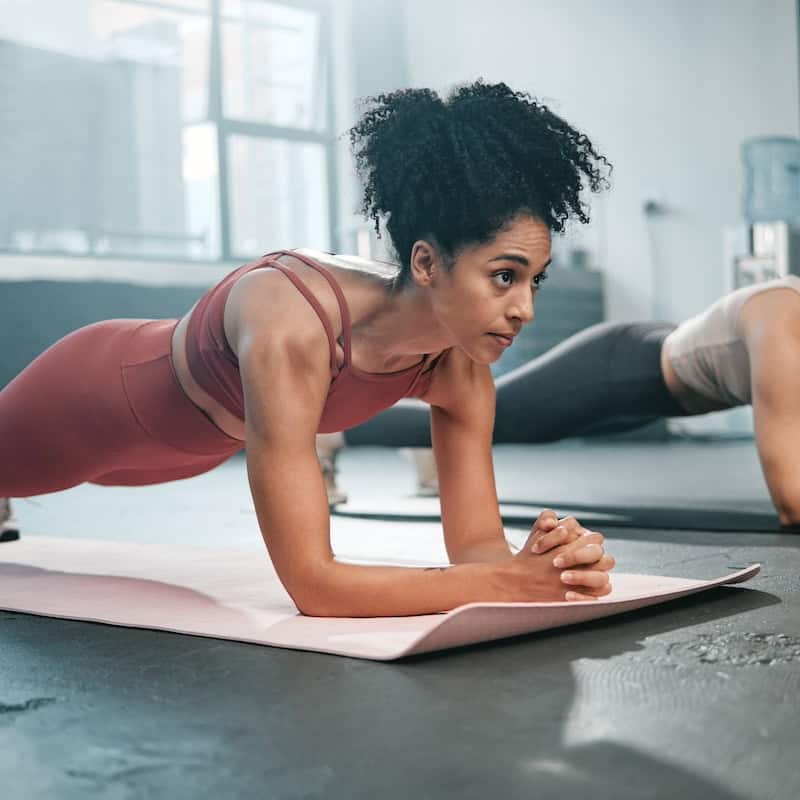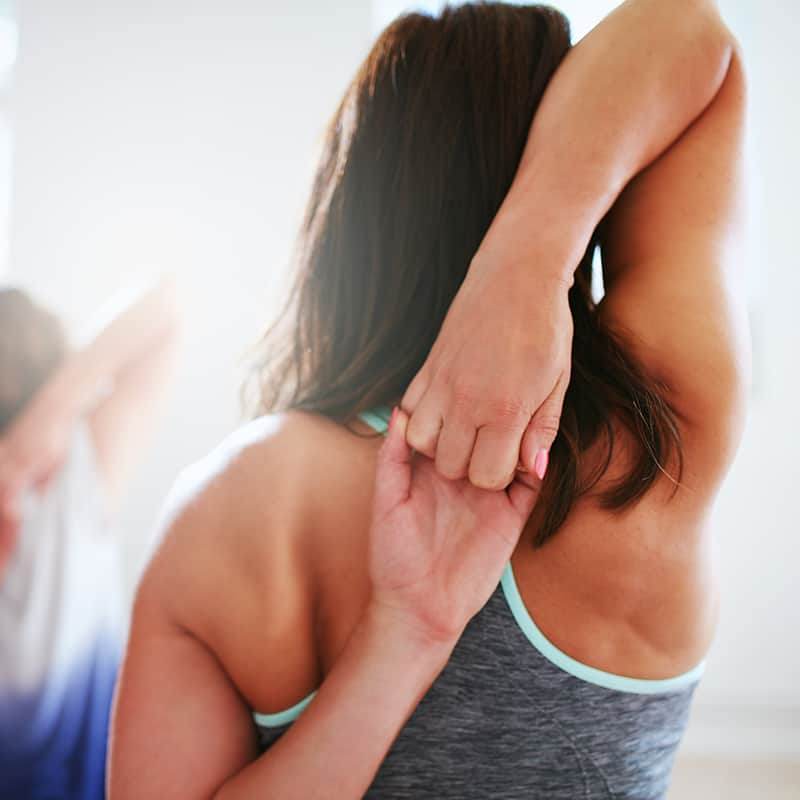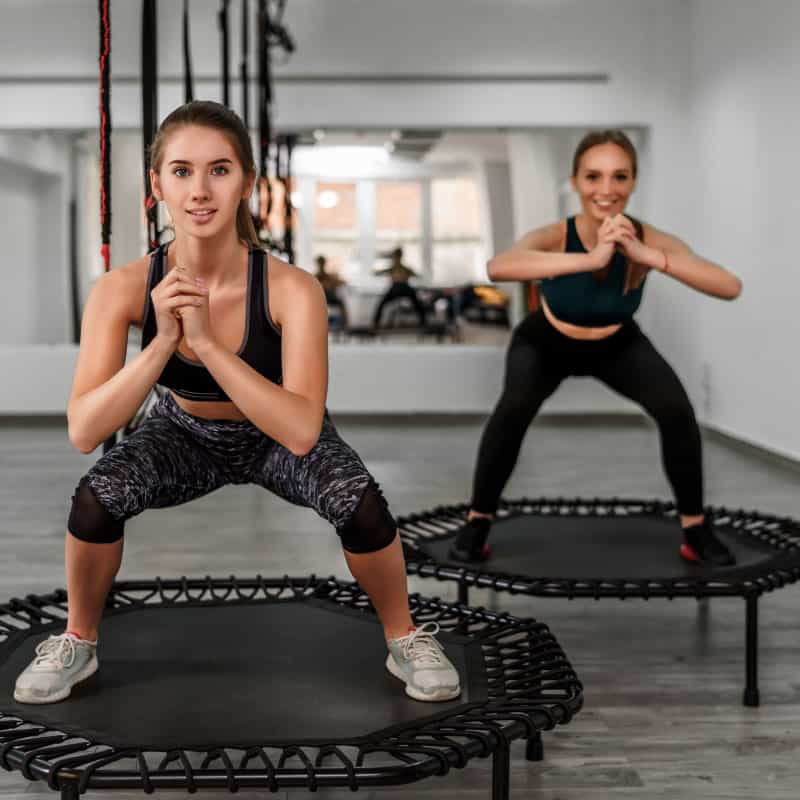This Dr. Axe content is medically reviewed or fact checked to ensure factually accurate information.
With strict editorial sourcing guidelines, we only link to academic research institutions, reputable media sites and, when research is available, medically peer-reviewed studies. Note that the numbers in parentheses (1, 2, etc.) are clickable links to these studies.
The information in our articles is NOT intended to replace a one-on-one relationship with a qualified health care professional and is not intended as medical advice.
This article is based on scientific evidence, written by experts and fact checked by our trained editorial staff. Note that the numbers in parentheses (1, 2, etc.) are clickable links to medically peer-reviewed studies.
Our team includes licensed nutritionists and dietitians, certified health education specialists, as well as certified strength and conditioning specialists, personal trainers and corrective exercise specialists. Our team aims to be not only thorough with its research, but also objective and unbiased.
The information in our articles is NOT intended to replace a one-on-one relationship with a qualified health care professional and is not intended as medical advice.
22 Posture Exercises to Relieve Pain & Improve Quality of Life
June 14, 2024
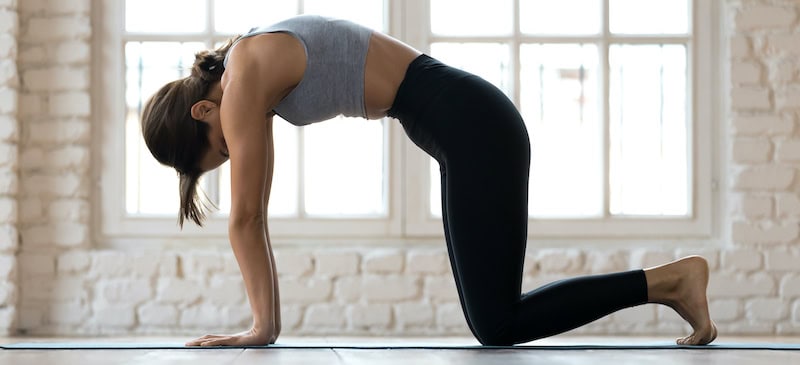
Maintaining good posture is crucial for overall health, reducing back pain and enhancing physical appearance, and posture exercises can help you practice proper posture and help it become second nature.
This is important because poor posture, such as forward head posture, can lead to a variety of issues, including muscle imbalances, joint pain and decreased mobility.
Fortunately, incorporating specific posture exercises into your daily routine can make a significant difference.
1. Chin tucks
- How to do it: Sit or stand with your spine straight and tall posture. Gently tuck your chin toward your chest, creating a double chin and maintaining a neutral spine. Hold for five seconds and release. Repeat 10 times.
- Benefits: Strengthens neck muscles and improves alignment.
2. Shoulder blade squeezes
- How to do it: Sit or stand with arms at your sides. Squeeze your shoulder blades together, and hold for five seconds. Repeat 10 times.
- Benefits: Enhances upper back strength and reduces shoulder tension.
3. Wall angels
- How to do it: Stand with your back against a wall. Raise your arms to shoulder height, and bend your elbows to 90 degrees. Slide your arms up and down the wall while keeping your back and arms in contact with the wall. Repeat 10 times.
- Benefits: Improves shoulder mobility and posture.
4. Cat-cow stretch
- How to do it: Start on your hands and knees. Inhale, and arch your back (cow pose). Then exhale, and round your back (cat pose). Repeat 10 times.
- Benefits: Increases spine flexibility and reduces tension in the back.
5. Plank
- How to do it: Lie face down, and then lift your body onto your toes and forearms. Essentially, get into a push-up position with your forearms on the floor. Keep your body in a straight line from head to heels, engaging your core, and hold for 30 seconds to one minute. As you work your way, hold for as long as you can with good form. Then rest, and repeat two to three times.
- Benefits: Strengthens core muscles, supporting better posture.
6. Chest stretch
- How to do it: Stand with your feet shoulder-width apart. Clasp your hands behind your back, and lift your arms slightly while opening your chest. Hold for 20–30 seconds.
- Benefits: Relieves tightness in the chest and improves upper-body posture.
7. Seated forward bend
- How to do it: Sit with your legs extended in front of you. Inhale, and lengthen your spine. Then exhale, and bend forward, reaching for your toes. Hold for 20–30 seconds.
- Benefits: Stretches the hamstrings and lower back, promoting better posture.
8. Bridge pose
- How to do it: Lie on your back with knees bent and feet flat on the floor. Lift your hips toward the ceiling, squeezing your glutes. Hold for 10–15 seconds, and repeat 10 times.
- Benefits: Strengthens the lower back and glutes, supporting the spine.
9. Bird dog
- How to do it: Start on your hands and knees with a flat back. Extend your right arm forward and left leg backward, keeping your back straight and core engaged. Hold for five seconds, and switch sides. Repeat 10 times.
- Benefits: Enhances core stability and balance.
10. Cobra stretch
- How to do it: Lie face down with hands under your shoulders. Press up, lifting your chest off the ground while keeping your pelvis on the floor. Hold for 15–20 seconds.
- Benefits: Strengthens the lower back and opens up the chest.
11. Reverse plank
- How to do it: Sit with legs extended and hands on the floor behind you. Lift your hips toward the ceiling, forming a straight line from head to heels. Hold for 15–30 seconds.
- Benefits: Strengthens the posterior chain and improves shoulder alignment.
12. Hip flexor stretch
- How to do it: Kneel on one knee with the other foot in front. Push your hips forward while keeping your back straight. Hold for 20–30 seconds, and switch sides.
- Benefits: Stretches the hip flexors, which can become tight from prolonged sitting.
13. Wall slides
- How to do it: This one is similar to wall angels. Stand with your back flat against a wall, feet shoulder-width apart. Slowly slide down the wall until your knees are bent at a 90-degree angle. Hold for a few seconds, and then press back up to starting position. Repeat 10–12 times.
- Benefits: Strengthens the upper back and shoulders, promoting better posture.
14. Child’s pose
- How to do it: This relaxing pose stretches your back and lengthens your spine. Kneel on the floor, sit back on your heels and rest your forehead on the ground. Arms can be extended forward or alongside your body. Hold for 30–60 seconds.
- Benefits: Stretches the lower back and hips, relieving tension and improving flexibility.
15. Chest opener
- How to do it: Stand tall with arms extended out to your sides at shoulder height, palms facing forward. Squeeze your shoulder blades back and together, opening your chest. Hold for five seconds, and then release. Repeat 10–12 times.
- Benefits: Improves chest flexibility and counteracts forward shoulder posture.
16. Dead bug
- How to do it: Lie on your back with knees bent and feet flat on the floor. Extend one arm straight up toward the ceiling and the opposite leg straight out, keeping your lower back pressed into the floor. Slowly lower your arm and leg toward the floor without letting your back arch. Hold for a second, and then return to starting position. Repeat 10 times per side.
- Benefits: Strengthens the core and improves coordination.
17. Neck stretches
- How to do it: Gently roll your head in a circular motion, first clockwise, then counter-clockwise. Repeat five times in each direction.
- Benefits: Relieves tension in the neck and shoulders, promoting better posture.
18. Doorway shoulder stretches
- How to do it: Stand in a doorway with your arms raised overhead and forearms resting on the door frame. Lean forward gently, stretching your chest and shoulders. Hold for 15–30 seconds.
- Benefits: Opens up the chest and improves shoulder flexibility.
19. Seated spinal twists
- How to do it: Sit on the floor with your legs extended. Twist your torso to one side, placing your opposite hand behind you for support and your other hand on your knee. Look over your shoulder, and hold for 15–30 seconds. Repeat on the other side.
- Benefits: Enhances spinal mobility and relieves lower back tension.
20. Standing psoas stretch
- How to do it: Stand with one leg lunged forward and your back knee on the floor. Reach your arms overhead, and gently arch your back. Hold for 15–30 seconds, and then switch sides.
- Benefits: Stretches the psoas muscles, which can improve hip flexibility and posture.
21. Foam rolling
- How to do it: Use a foam roller to target your back, glutes and hamstrings.
- Benefits: This self-massage technique can help loosen tight muscles that contribute to poor posture.
22. Shoulder rolls
- How to do it: Roll your shoulders forward in a circular motion five times, then backward five times. Repeat two to three sets.
- Benefits: Relieves shoulder tension and improves upper-body posture.
In addition to posture exercises, you can help improve your posture in the following ways:
- postural restoration
- myofascial release
- inversion therapy
- sleeping in the best sleep positions
- Egoscue
Frequently Asked Questions
1. Why is good posture important?
Good posture helps maintain the natural curves of the spine, reducing strain on muscles and ligaments. It enhances breathing, digestion and overall body function while preventing pain and injury.
2. How often should I do posture exercises?
Ideally, posture exercises should be done daily or at least three times a week. Consistency is key to seeing improvements and maintaining good posture.
3. Can posture exercises help with back pain?
Yes, many posture exercises strengthen the muscles that support the spine, which can alleviate back pain and prevent future discomfort.
4. How long does it take to see improvements in posture?
Improvements can be noticed within a few weeks of consistent exercise. However, significant changes in posture may take a few months, and consistency is key.
5. Can poor posture affect my overall health?
Yes, poor posture can lead to a variety of health issues, including chronic pain, respiratory problems and decreased mobility.
6. Are posture exercises suitable for all ages?
Most posture exercises are suitable for all ages, but it’s important to adjust the intensity based on individual fitness levels and any pre-existing conditions.
7. Will these exercises fix my posture permanently?
Posture is a habit. Consistent exercise strengthens the supporting muscles, but maintaining good posture throughout the day is key.
8. Can I improve my posture without exercise?
While exercise is crucial, being mindful of your posture throughout the day is essential. Be mindful of your posture while sitting, standing and walking.
Set reminders to check your posture, and adjust accordingly.
9. Are there any posture aids that can help?
Lumbar supports for chairs and ergonomic workstations can provide additional support, but they shouldn’t replace posture exercises.
Conclusion
- Standing tall and sitting up straight aren’t just about aesthetics — they’re a foundation for good health. Incorporating posture exercises into your daily routine can have a profound impact on your overall health and well-being.
- The 22 posture exercises listed above are easy to perform and highly effective in improving your posture.
- By dedicating a few minutes each day to these posture exercises, you can prevent pain, enhance mobility and boost your confidence.
- In addition, maintaining posture awareness and practicing these moves can strengthen your core, improve flexibility and prevent aches.
- Remember, consistency is key! So, take a deep breath, straighten your spine and embrace the power of good posture.





